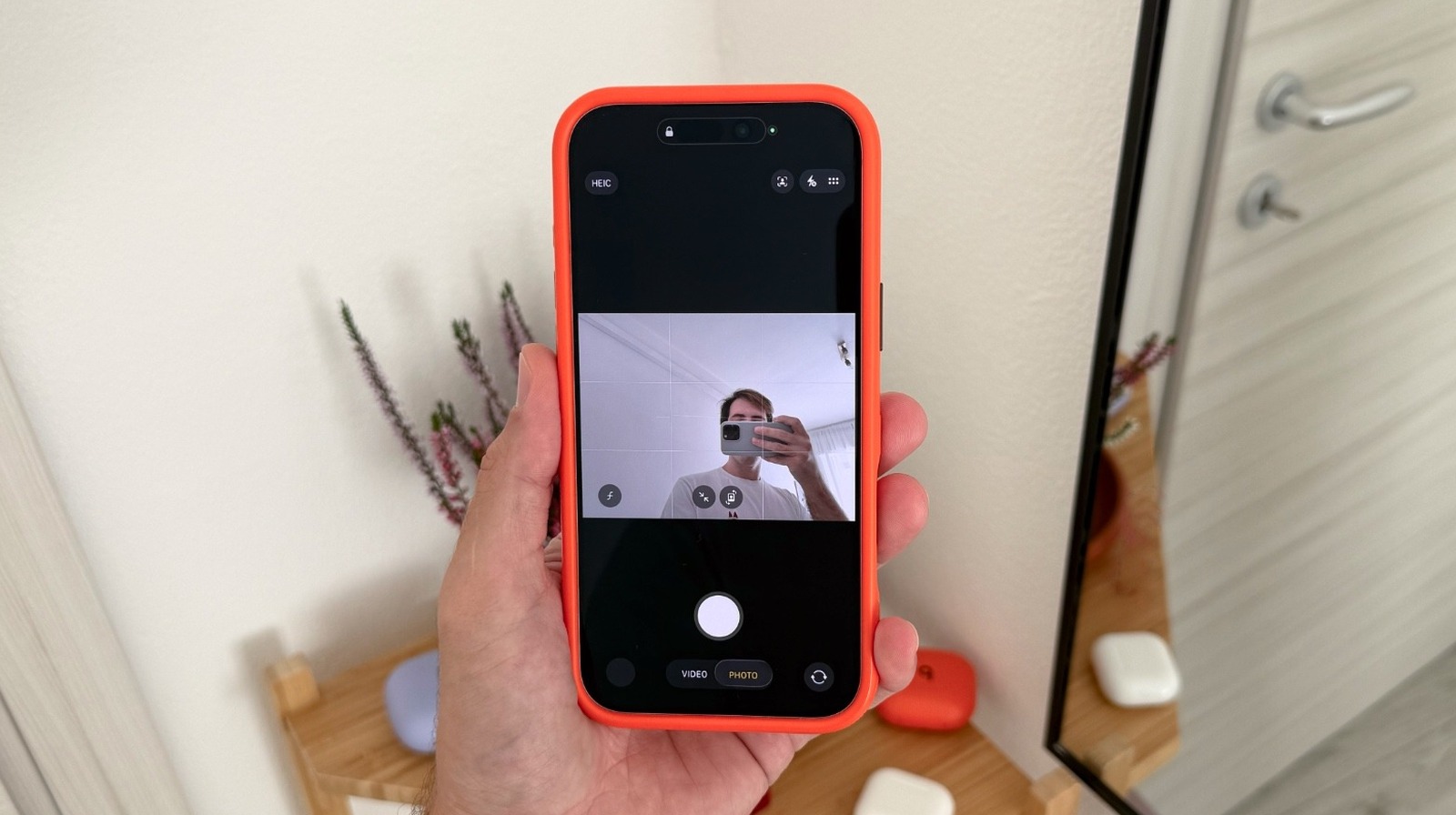Joe Maring / Android Authority
If you’re reading this article, chances are you love Android. Or, at the very least, have a fairly high interest in the OS. You probably like staying up-to-date with the latest features, new platform releases, and other happenings with Google’s operating system.
Unfortunately for people like us, trying to keep up with new Android developments has never been more complicated. And this past week, Google just made it all the more obscure with the release of Android Canary.
Stable Android 16? Android 16 QPR1 Beta? Android 16 Developer Preview, which is now Android Canary, which is neither Android 16 nor Android 17?
There’s no other way around it. Android 16 is currently a mess.
What do you think about Android Canary?
16 votes
The current state of Android 16

Ryan Haines / Android Authority
Even before the arrival of Android Canary (which I’ll get to soon), Google’s entire strategy for Android 16 has been one of the most convoluted ones I’ve ever seen.
Android 16 is a very different release from previous versions, as Google started development much sooner than it typically does. After Android 15 launched in October 2024, the first Android 16 Developer Preview dropped a month later in November, with the stable release arriving on Pixels this past June.
This was a dramatically faster development timeline than we typically see, and to Google’s credit, it made sense. By fast-tracking Android 16 like this, Google ensured its latest Android version would be ready to ship on the Pixel 10 next month, avoiding the awkward launch of the Pixel 9 series last year, where the phones shipped with Android 14 and didn’t receive Android 15 until several months later.
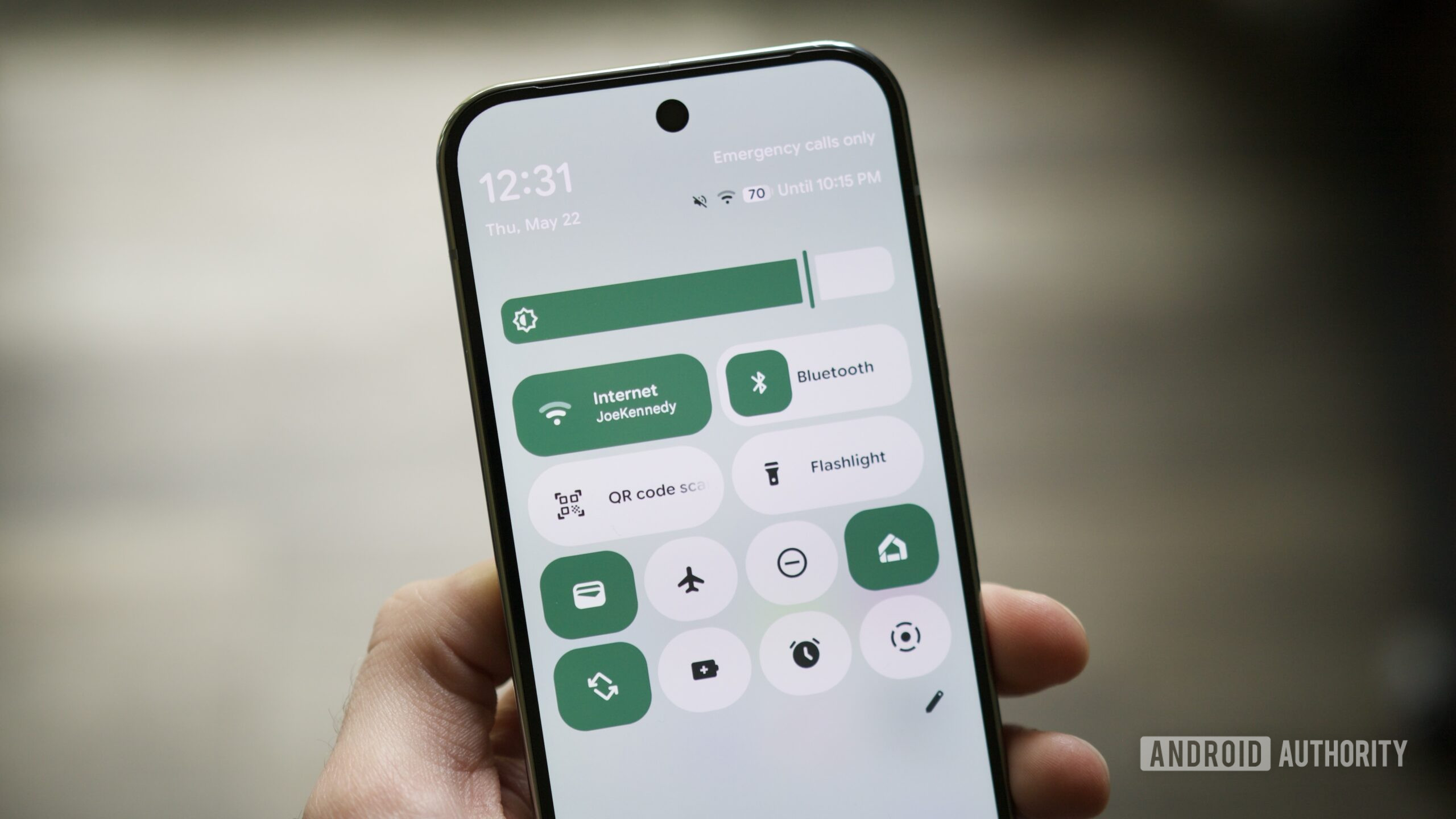
Joe Maring / Android Authority
However, this also created a rift in Android 16. Despite being a full OS upgrade, the version of Android 16 that launched in June is barely distinguishable from Android 15. That’s because all of Android 16’s most significant new features — such as Material 3 Expressive, Live Updates, 90:10 split-screen multitasking, and more — aren’t in the update. Instead, they won’t be available until at least Android 16 QPR1.
Android 16 QPR1 is currently in beta, with the full release expected sometime in September. And in a lot of ways, it’s the “real” Android 16 update we’re all waiting for. So, while Android 16 may have technically had its stable launch last month, the big changes won’t be ready for a couple more months still.
Got it? Good, because you won’t in a minute.
The Android Canary of it all
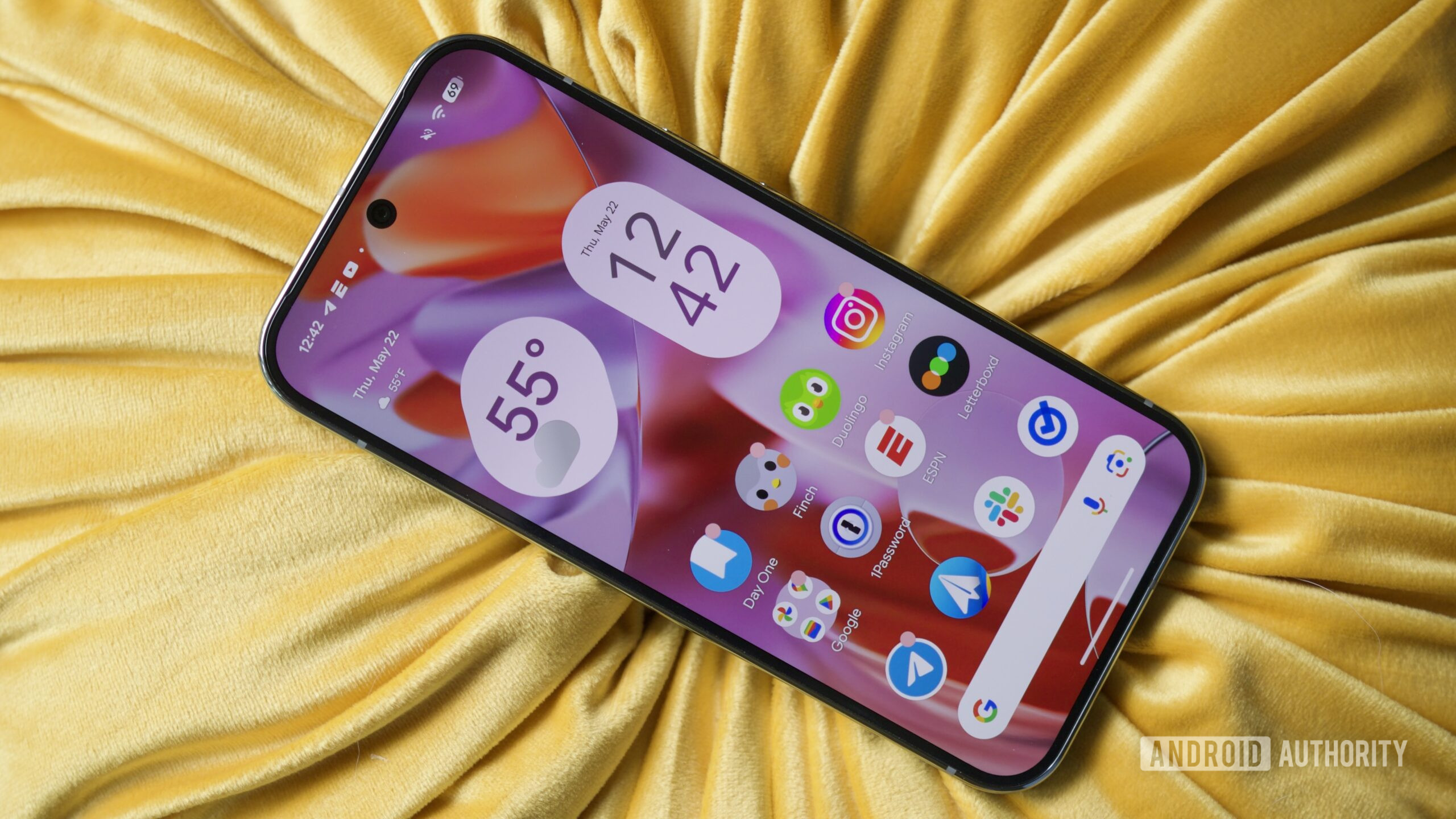
Joe Maring / Android Authority
On Thursday, Google announced a brand new release track for Android called “Android Canary.” And it’s … weird.
Traditionally, Google has had two pre-release versions of Android for people to dabble with ahead of a stable build: Developer Previews and Betas. With Android 16, for example, Google first launched Android 16 Developer Previews for developers to begin working with the new software, followed by the Android 16 Beta, allowing the general public to get an early taste of the update.
Android Canary is set to replace Android Developer Previews, serving as the new home of Android’s latest and most bleeding-edge features. Simple enough, right? Well, not really.
Determining the release timeline for features in Android Canary is impossible.
Android Developer Previews are very clearly tied to a specific Android version. Features seen in an Android 16 Developer Preview, for example, are almost certain to be found in the Android 16 Beta and public release. But Android Canary doesn’t work that way.
Google classifies Android Canary as its own version of Android. Android Canary isn’t technically a preview of Android 16 or Android 17. It’s not tied to any numbered Android build; it’s just Android Canary.
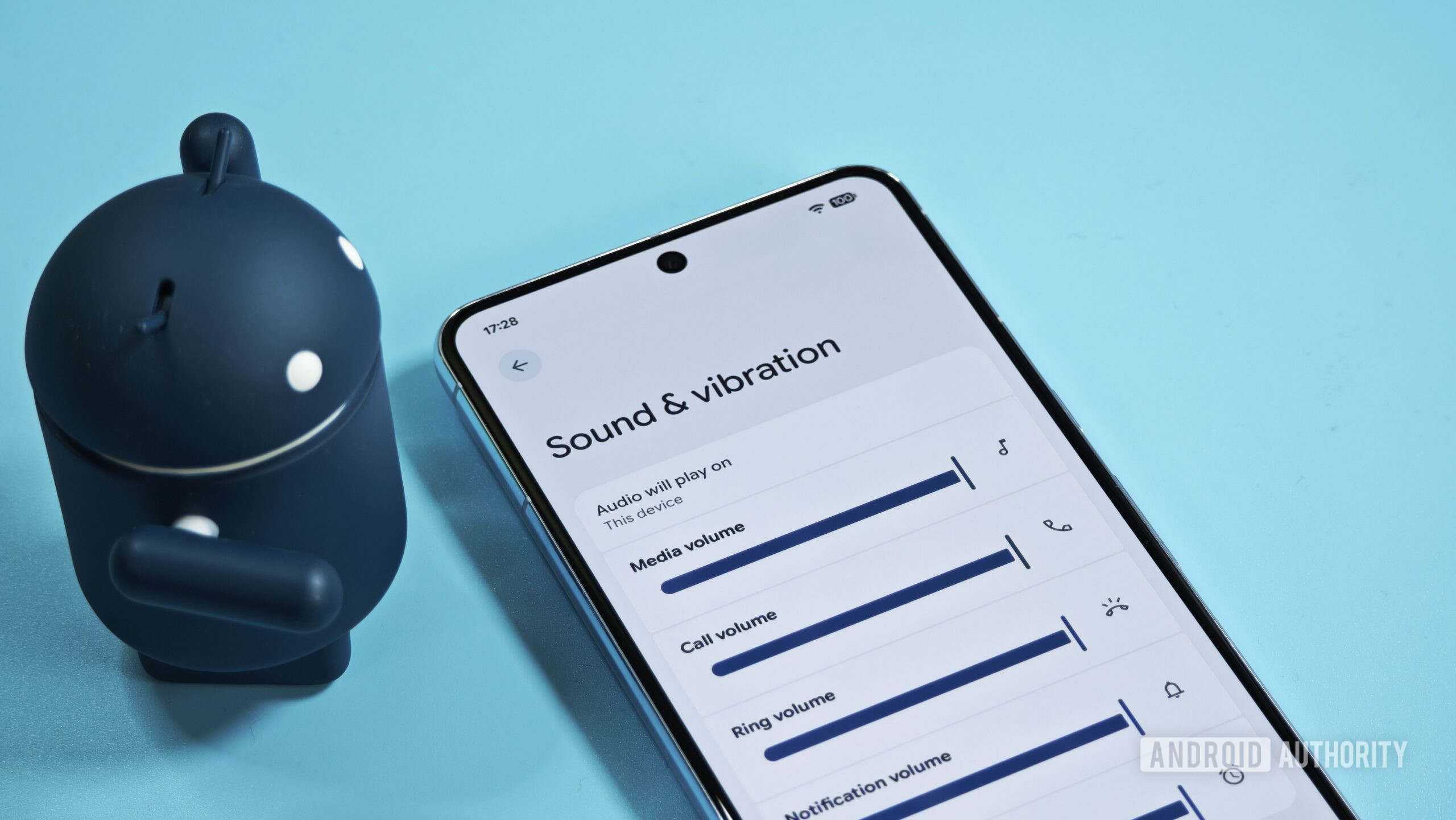
Mishaal Rahman / Android Authority
As such, it makes determining the release timeline for features in Android Canary impossible. Some Android Canary features may be available as soon as Android 16 QPR1, but others might not be ready until Android 16 QPR2. Furthermore, it’s entirely possible that parts of Android Canary won’t be seen in a public release until Android 17 or later.
Since Android Canary isn’t beholden to any other Android version and is now its own thing, we have no idea about the cadence in which features will go from Canary -> Beta -> Public release. And if you think that sounds annoying, I’m right there with you.
Not an issue for everyone, but a mess nonetheless
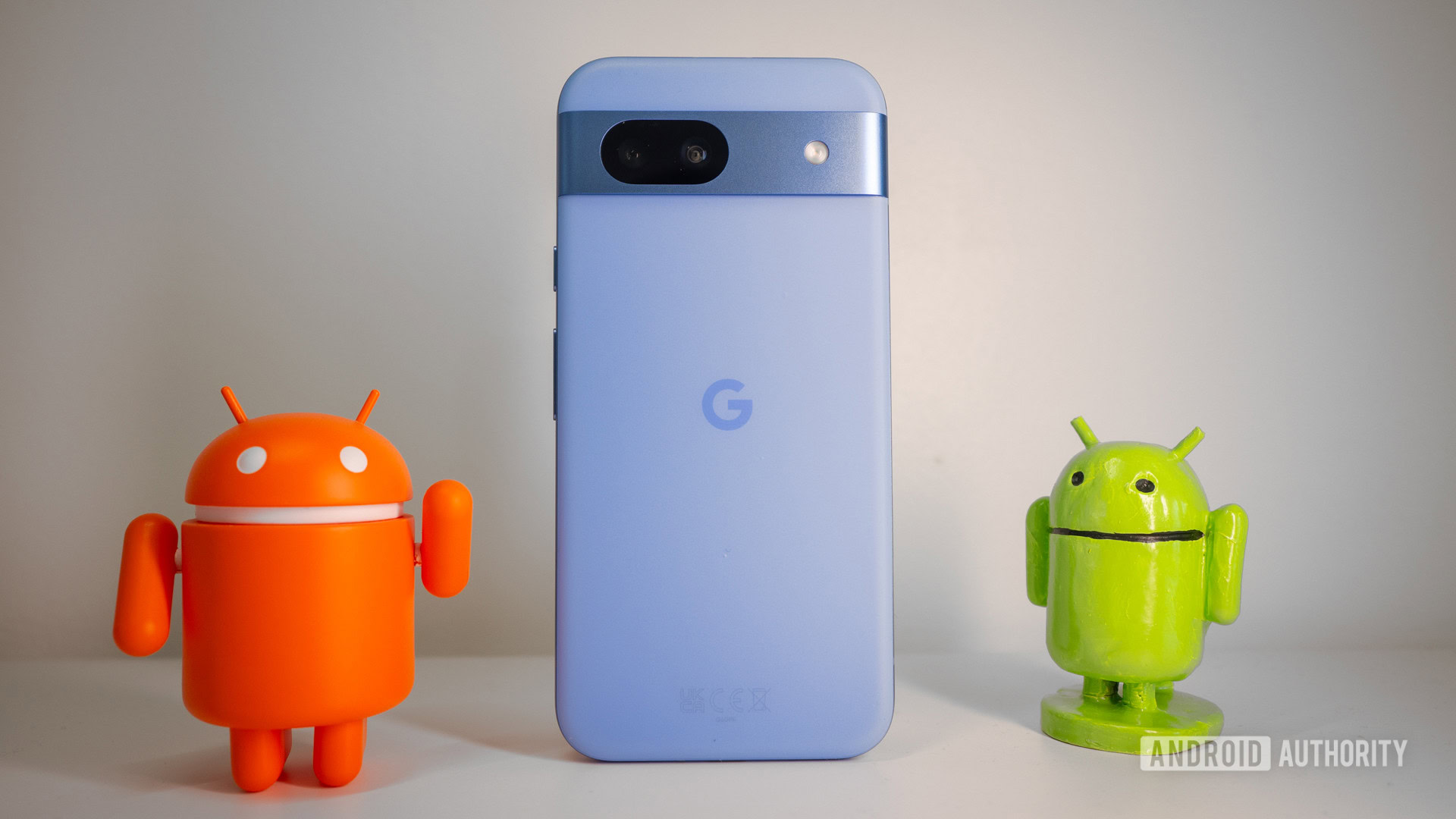
Robert Triggs / Android Authority
Google’s stark split between Android 16 and Android 16 QPR1 had already made this specific Android version fairly confusing, and going forward with Android Canary, that confusion is bound to deepen.
With Developer Previews, we at least had a decent idea of when new features would trickle down from those to Betas and stable releases. But with Android Canary, that’s all out the window. Canary has only been around for a few days and is already complicating the release timeline for new Android features — and I can only imagine what things will look like six months or a year from now.
The counterargument to all of this is that none of it matters to “normal” people. For the average person who doesn’t care about Developer Previews or Betas and only updates their phone when a stable release is ready, they probably won’t notice any difference at all. And, at the end of the day, that’s who Google cares about most.
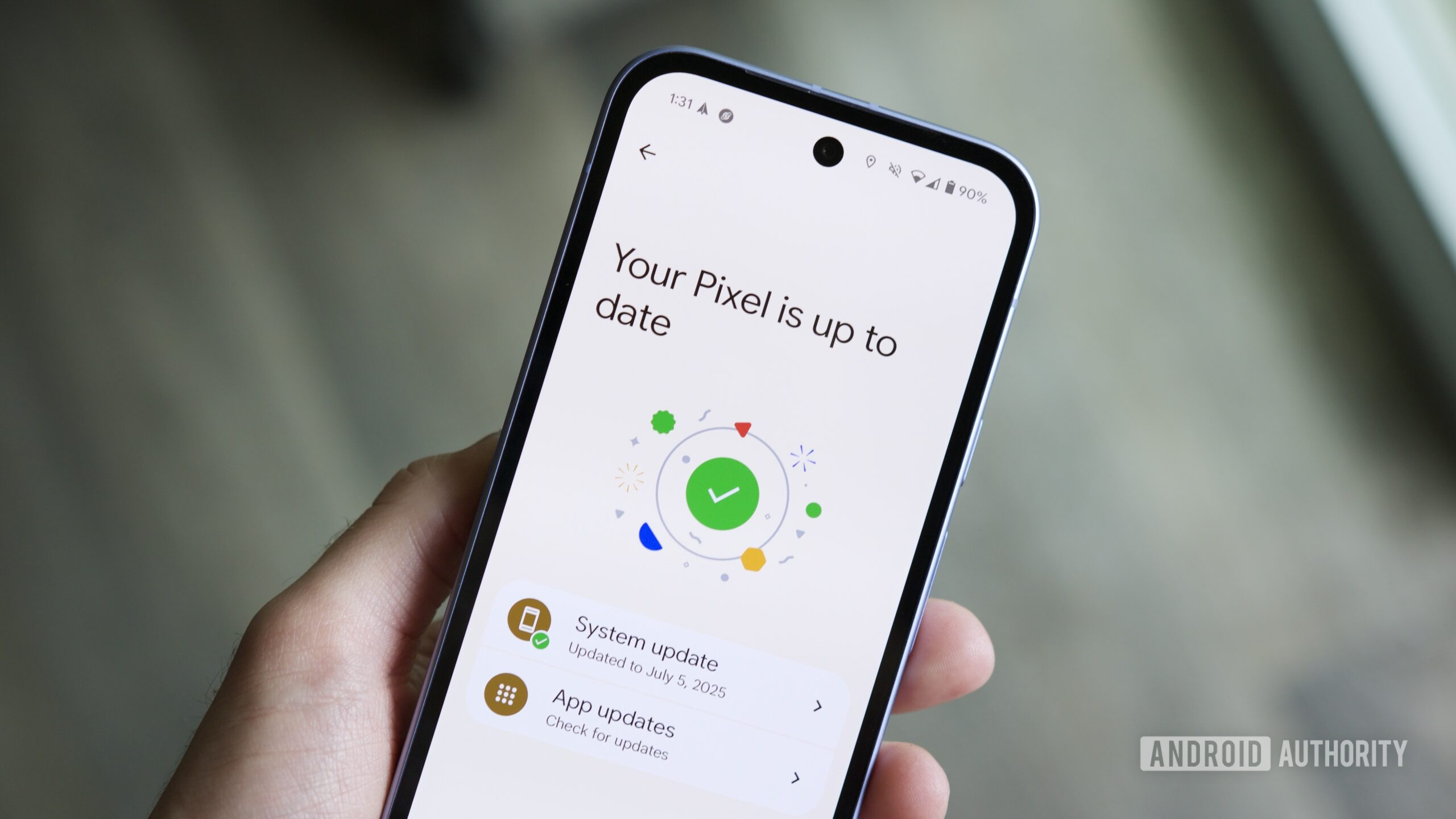
Joe Maring / Android Authority
However, for those of us who do like following the latest Android happenings, Google has created an utterly chaotic way forward. Maybe this focus on earlier development and the switch to Android Canary will all work out in the end, but right now, all I see is a cluttered and messy cycle that feels like it’ll only get worse.
Google will continue to develop new Android features, and we’ll ultimately receive them in stable releases, just as we always have. But this new path to getting there has never been more complicated, and it’s one I’m not looking forward to.



